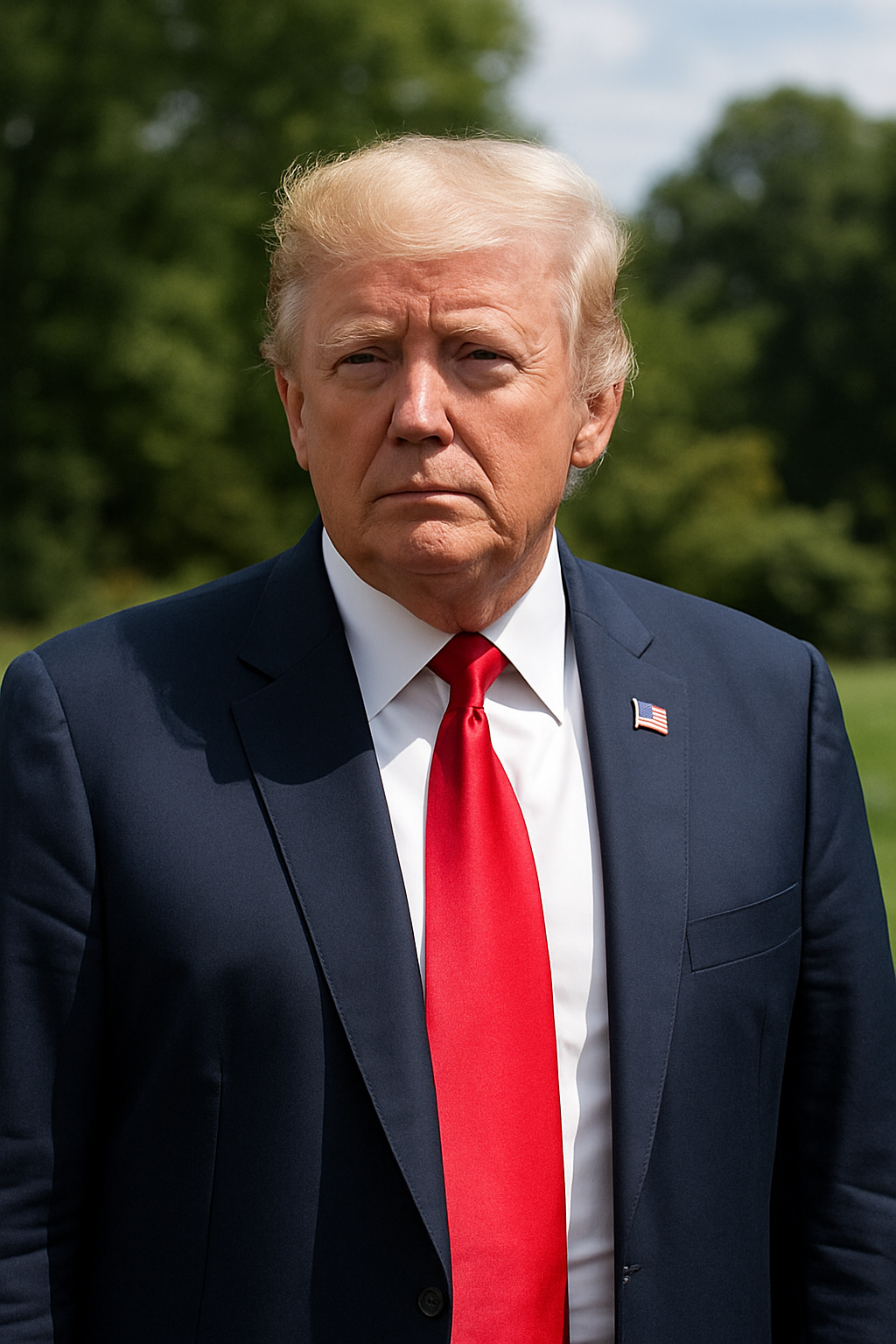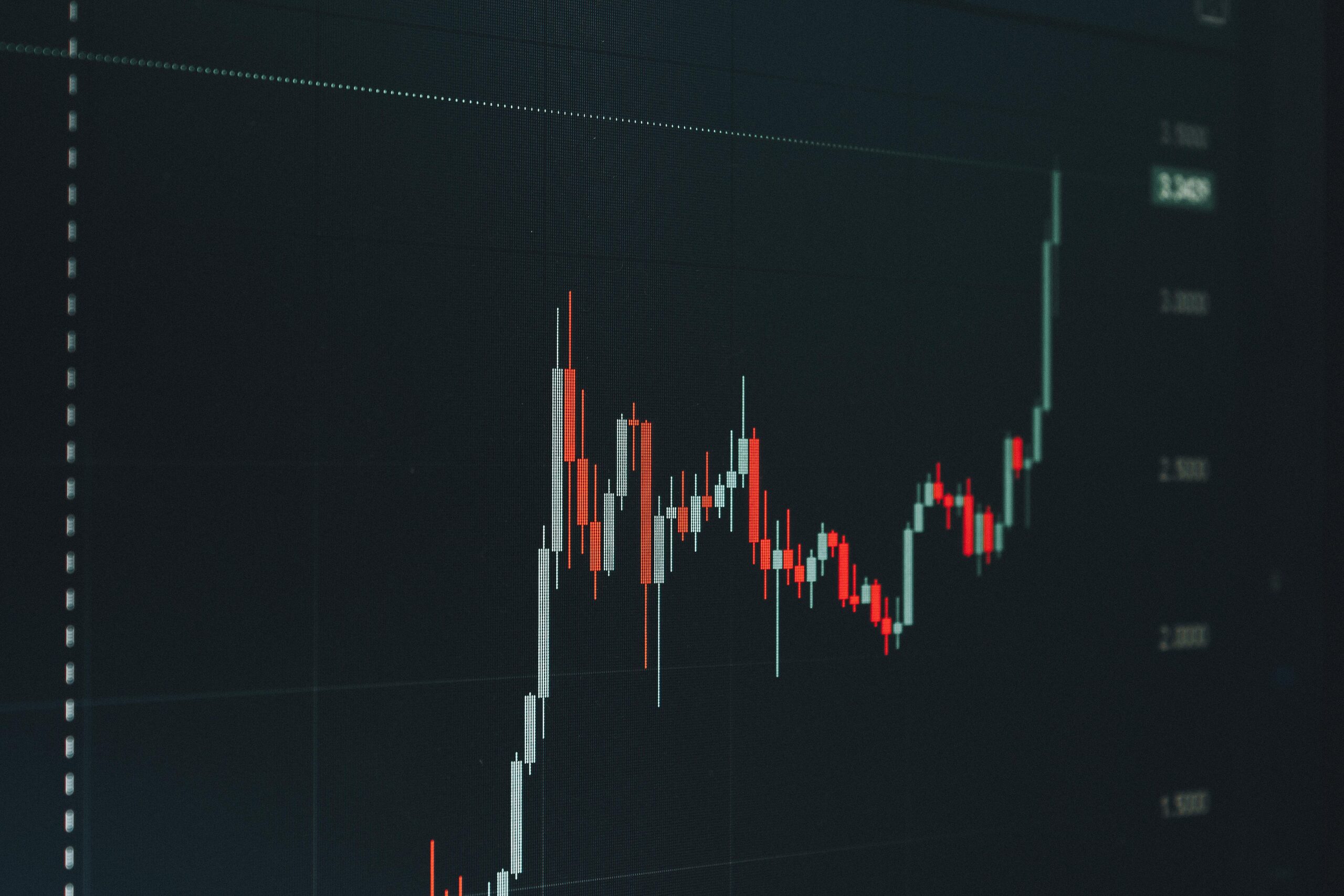
Background: Recent Financial Disclosure
Here’s the twist: the latest filings didn’t surface via a press conference, they arrived on the U.S. Office of Government Ethics website on Nov. 15. According to available reports, those disclosures map a rapid set of fixed‑income purchases made in late summer and early fall. Both Reuters and Bloomberg report the filings were posted on Saturday, Nov. 15, revealing the fresh activity. [1]
What no one is mentioning: these aren’t speculative equities or flashy derivatives. The focus here is bonds, traditionally a lower‑volatility corner of the market, and the pace was steady over a tight window. The new filings, as described in Reuters and Bloomberg coverage, are the backbone for the figures that follow. [1]
Key Figures: Amount and Timing of Bond Purchases
You might be surprised that the headline number is only the floor. The filings show at least $82 million in bond purchases from Aug. 28 through Oct. 2, 2025, a period captured in both outlets’ reporting. That totals the minimum value reported across the disclosed trades in that window. [1]
Here’s the twist: both Reuters and Bloomberg independently anchor the $82 million figure to the OGE disclosures, reinforcing that this isn’t a single outlet’s interpretation. The timing aligns, late summer into early fall, closing by Oct. 2. The number is “at least” $82 million because of how federal reporting ranges work. [1]
Transaction Volume and Potential Value Range
What no one is mentioning: the volume matters as much as the dollars. Reuters notes more than 175 purchases were carried out between Aug. 28 and Oct. 2, underscoring activity that wasn’t a one‑off allocation but a repeated cadence of orders. That’s a lot of line items in a short span. [2]
Here’s where the range really stretches the imagination, without crossing into speculation. Because the disclosures use value ranges, Reuters calculates that the maximum possible aggregate value of those purchases, if each transaction sat at the top of its range, would exceed $337 million. That doesn’t claim the total actually hit that number; it flags the ceiling embedded in the reporting format. [2]
Composition of the Bond Portfolio
You might be surprised that the portfolio skews local, not just corporate. Reuters reports that most of the assets acquired were municipal‑type bonds, issued by municipalities, states, counties, and school districts. That implies a focus on tax‑advantaged or public‑sector issuances rather than a pure corporate credit bet. [3]
But there’s a corporate slice, too. The disclosures include purchases of corporate bonds from well‑known U.S. companies, indicating a blended approach to credit exposure alongside the muni weighting. The filings, as summarized in outlet reports, don’t list maturities or coupons, only the issuers and value ranges. [3]
Corporate Bond Issuers Named in Disclosures
Here’s the twist: the corporate roster reads like the S&P 500’s greatest hits. Reuters lists issuers including Broadcom, Qualcomm, Meta, Home Depot, CVS, Goldman Sachs, Morgan Stanley, JPMorgan, and Intel. Bloomberg adds names like Netflix, UnitedHealth, and Boeing to that lineup. [4]
What no one is mentioning: while the names are big, the disclosures stop short of detailing position sizes per issuer beyond the range categories. That means we know who, not the exact weightings or maturities. Even so, the presence of large‑cap tech, banks, and health care suggests diversified corporate credit exposure across sectors. [4]
Portfolio Management Structure
You might be surprised that the buying may not reflect day‑to‑day personal choices. Reuters reports the administration has said the investment portfolio is managed by a third‑party financial institution, and that neither Trump nor his family selects the investments directly. That point has been cited previously to address questions about potential conflicts or candidate‑level decision‑making. [5]
Here’s the twist: outsourced management doesn’t erase scrutiny; it reframes it. The focus shifts to the mandate and guardrails provided to the manager, details that aren’t public in these forms. Still, according to the coverage, the standing explanation is that day‑to‑day trades are externally managed. [5]
Context from Previous Disclosures
What no one is mentioning: this isn’t a first pass into fixed income. Reuters notes an earlier filing in August indicated Trump had already purchased more than $100 million in bonds since returning to the presidency. That earlier total sets the stage for the late‑summer purchases now in view. [6]
You might be surprised that “more than $100 million” earlier and “at least $82 million” in late summer/early fall may reference overlapping or sequential periods, depending on how the filings are structured. The key is that the $82 million figure captures a specific window (Aug. 28–Oct. 2) and the earlier reference captured a cumulative backdrop since his return. The disclosures, as reported, don’t consolidate these into a single running tally. [6]
Why the Numbers Carry Weight, Even With Ranges
Here’s the twist: range‑based reporting is both a floor and a fog. On one hand, the minimums give a credible baseline, at least $82 million in that five‑week span. On the other, the ceiling (potentially above $337 million if every transaction maxed its line) shows how incomplete ranges can be for precision analysis. That’s normal for federal ethics reporting, but it limits outside observers’ ability to compute exact exposures. [2]
What no one is mentioning: the muni tilt means much of this activity likely ties to public‑sector financing needs, schools, local infrastructure, county‑level projects. Corporate bonds add traditional credit exposure from household names, but the muni center of gravity stands out. Without disclosed maturities, coupons, or tax details, we don’t know the yield profile or interest‑rate sensitivity embedded in these positions based solely on the public forms. [3]
What We Still Don’t Know
You might be surprised that the disclosures, as summarized by the outlets, don’t show trade‑level rationales, risk metrics, or performance. They don’t name the third‑party manager or mandate details beyond the administration’s statement. And they don’t specify whether these buys reflect re‑investment of proceeds, new capital allocations, or a laddering strategy. [1][5]
Here’s the twist: the lack of granular data doesn’t erase the signals we do have, timing, issuer mix, number of transactions, and minimum outlays. Over time, additional filings could add more pieces, but for now, the public picture comes from the ranges and issuer lists captured in the Nov. 15 posting. According to available reports, that’s what’s on the record. [1]
The Bottom Line
The ethics disclosures show a sustained march into bonds, with a clear muni bias and a roster of top‑tier corporate issuers. The cadence, more than 175 trades in just over a month, underscores active allocation within an externally managed portfolio. The headline minimum is $82 million for that late‑summer window, with the range mechanics lifting the theoretical ceiling much higher.
What no one is mentioning: this story is less about a single trade and more about a pattern. If the earlier filing logged more than $100 million since the presidency’s resumption, and the latest filing clocks at least $82 million in a concentrated window, the through‑line is persistent bond accumulation. The disclosures don’t say why; they simply show what, and when. [6]

